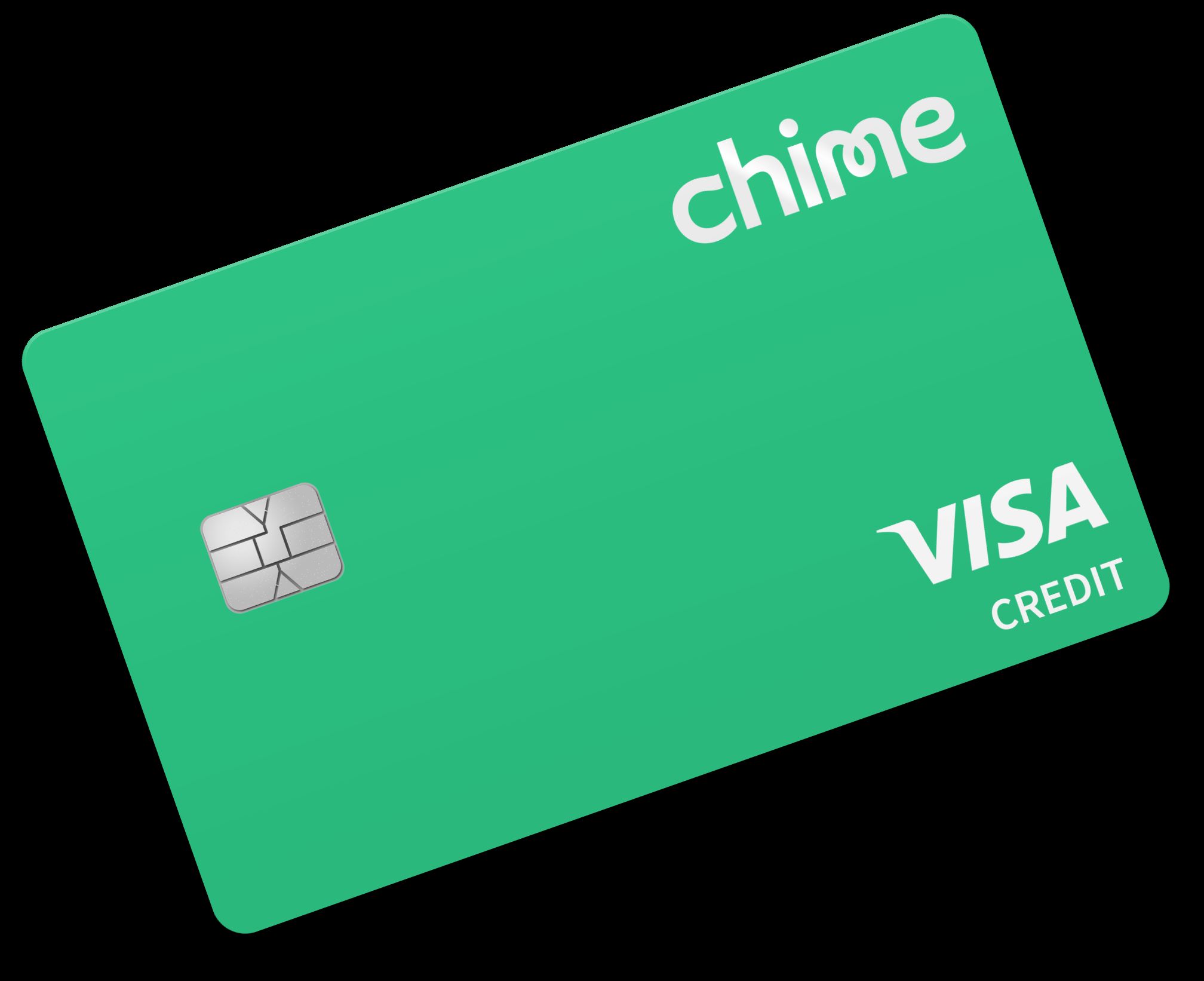

Finance
How Do You Get A Loan Out Of Grace Period?
Published: February 20, 2024
Learn how to get a loan out of the grace period and manage your finances effectively. Discover expert tips and strategies for handling financial obligations. Improve your financial situation today!
(Many of the links in this article redirect to a specific reviewed product. Your purchase of these products through affiliate links helps to generate commission for LiveWell, at no extra cost. Learn more)
Table of Contents
Introduction
Understanding the Importance of the Grace Period for Loans
When it comes to managing loans, borrowers often encounter financial challenges that can lead to missing payments. In such instances, the grace period serves as a crucial buffer, offering borrowers a temporary reprieve before late fees or negative credit reporting take effect. This period typically ranges from a few days to a month, during which borrowers have the opportunity to rectify any missed payments without incurring penalties.
Navigating the intricacies of loan management, especially when dealing with the grace period, requires a comprehensive understanding of the available options and proactive steps to mitigate potential repercussions. In this article, we will delve into the concept of the grace period, explore the various methods for getting a loan out of the grace period, and provide actionable steps for borrowers to take control of their financial obligations. Whether you're juggling student loans, a mortgage, or any other form of borrowing, knowing how to effectively manage the grace period can make a significant difference in your financial well-being.
As we embark on this journey, it's important to recognize that the grace period is not a permanent solution but rather a temporary respite. Therefore, it's essential to approach the situation with a clear understanding of the available options and a proactive mindset to ensure financial stability and peace of mind. Let's embark on this insightful exploration of managing loans within the grace period and empower ourselves with the knowledge to navigate financial challenges effectively.
Understanding the Grace Period
What is the Grace Period and How Does it Work?
The grace period, a fundamental component of loan agreements, is a specified duration after the due date during which a borrower can make payments without incurring late fees or adverse credit consequences. This period offers borrowers a vital opportunity to rectify missed payments and avoid the potential negative repercussions associated with delinquency.
It’s important to note that the existence and duration of the grace period can vary depending on the type of loan and the lender’s policies. For instance, student loans and mortgages commonly feature grace periods, typically ranging from a few days to a month. During this time, borrowers can make payments without penalty, providing a valuable window to address any financial challenges that may have led to missed payments.
While the grace period provides a temporary safety net, borrowers should be mindful of the specific terms outlined in their loan agreements. Understanding the nuances of the grace period, including its duration, applicable fees, and potential impact on credit, is essential for informed decision-making and proactive financial management.
Furthermore, it’s crucial to differentiate between the grace period and the deferment or forbearance options that may be available for certain types of loans. Deferment and forbearance involve formal arrangements with the lender to temporarily suspend or reduce payments, often due to financial hardship or other qualifying circumstances. In contrast, the grace period is an inherent feature of the loan agreement, offering a brief window for timely payments without penalties.
By grasping the significance of the grace period and its implications for loan management, borrowers can navigate their financial responsibilities with greater confidence and strategic foresight. In the following sections, we will explore the options available for getting a loan out of the grace period and outline actionable steps to empower borrowers in effectively managing their financial obligations.
Options for Getting a Loan Out of Grace Period
Exploring Strategies to Exit the Grace Period
When faced with the challenge of exiting the grace period for a loan, borrowers have several options at their disposal to regain financial stability and avoid the potential consequences of delinquency. Understanding these options and selecting the most suitable approach based on individual circumstances is crucial for successfully navigating this phase of loan management.
1. Timely Payment: The most straightforward method for exiting the grace period is to make the outstanding payment within the specified timeframe. By promptly submitting the required payment, borrowers can effectively bring the loan up to date and prevent the accrual of late fees or negative credit reporting.
2. Negotiating Payment Arrangements: In situations where making a full payment is challenging, borrowers can explore the possibility of negotiating payment arrangements with their lenders. This may involve requesting a temporary reduction in the payment amount or the implementation of a revised payment schedule to accommodate financial constraints.
3. Utilizing Deferment or Forbearance: For borrowers facing prolonged financial hardship, exploring the options of deferment or forbearance can provide a structured approach to managing loan payments. These arrangements, if available for the specific type of loan, allow for temporary suspension or reduction of payments, providing breathing room to address financial challenges.
4. Seeking Financial Assistance Programs: Depending on the nature of the loan and the borrower’s circumstances, various financial assistance programs may be accessible. These programs, often offered by government entities or nonprofit organizations, can provide support in managing loan obligations during challenging periods.
By carefully assessing the available options and proactively engaging with lenders or relevant assistance programs, borrowers can navigate the process of exiting the grace period with a strategic and informed approach. In the subsequent section, we will outline actionable steps that borrowers can take to implement these options effectively and regain control of their financial commitments.
Steps to Take to Get a Loan Out of Grace Period
Navigating the Path to Financial Stability
As borrowers strive to transition out of the grace period and restore financial equilibrium, proactive steps can significantly influence the outcome of this endeavor. By implementing a structured approach and leveraging available resources, individuals can navigate this phase of loan management with clarity and confidence.
1. Review the Loan Agreement: Begin by thoroughly reviewing the loan agreement to gain a comprehensive understanding of the grace period, any associated fees, and the specific terms governing the loan. This knowledge forms the foundation for informed decision-making and strategic planning.
2. Assess Financial Resources: Conduct a comprehensive assessment of your financial resources and obligations to gain clarity on available funds and prioritize outstanding payments. This evaluation can guide the formulation of a realistic repayment strategy aligned with your financial capabilities.
3. Communicate with the Lender: Open communication with the lender is pivotal in navigating the transition out of the grace period. Discussing potential payment arrangements, seeking clarification on available options, and demonstrating a proactive approach can foster a collaborative environment for resolving the outstanding payments.
4. Explore Assistance Programs: Research and explore any applicable financial assistance programs or support initiatives that may alleviate the financial burden associated with exiting the grace period. Government programs, nonprofit organizations, and lender-specific assistance avenues can provide valuable resources during this phase.
5. Develop a Repayment Plan: Based on the assessment of your financial resources and discussions with the lender, devise a realistic and structured repayment plan. This plan should outline the proposed payment schedule, any negotiated arrangements, and a clear timeline for bringing the loan up to date.
6. Execute the Repayment Strategy: Implement the formulated repayment plan with diligence and commitment. Timely adherence to the agreed-upon payments or negotiated arrangements is essential for successfully exiting the grace period and mitigating potential financial repercussions.
7. Monitor Credit and Financial Health: Throughout this process, monitor your credit status and overall financial health. Successfully navigating the transition out of the grace period should be accompanied by efforts to restore financial stability and uphold a positive credit standing.
By following these strategic steps and maintaining a proactive approach, borrowers can effectively navigate the process of exiting the grace period and regain control of their financial obligations. Empower yourself with the knowledge and resources necessary to steer your financial journey toward stability and resilience.
Conclusion
Navigating Financial Challenges with Knowledge and Proactive Strategies
As we conclude this exploration of managing loans within the grace period, it’s evident that the grace period serves as a vital component of loan agreements, offering borrowers a temporary reprieve to address missed payments without incurring penalties. Understanding the nuances of the grace period, including its duration, implications, and available options, empowers borrowers to navigate this phase of loan management with confidence and strategic foresight.
When faced with the challenge of exiting the grace period, borrowers can leverage various options, including timely payments, negotiation with lenders, utilization of deferment or forbearance, and exploration of financial assistance programs. By carefully assessing these options and proactively engaging with relevant stakeholders, individuals can chart a path toward financial stability and resilience.
The proactive steps outlined, including reviewing the loan agreement, assessing financial resources, communicating with the lender, exploring assistance programs, developing a structured repayment plan, and monitoring credit and financial health, provide a roadmap for borrowers to navigate the process of exiting the grace period effectively. Empowering oneself with knowledge and a proactive mindset is pivotal in successfully managing loan obligations and mitigating potential repercussions associated with delinquency.
As borrowers navigate the complexities of loan management, it’s essential to approach financial challenges with a sense of determination and strategic planning. By embracing a proactive approach and leveraging available resources, individuals can transcend the temporary hurdles posed by the grace period and steer their financial journey toward stability and resilience.
Ultimately, the grace period, while offering a temporary respite, underscores the significance of informed decision-making and proactive financial management. By equipping ourselves with the necessary knowledge and resources, we can navigate the ebb and flow of financial responsibilities with resilience and confidence, ensuring a secure and stable financial future.














